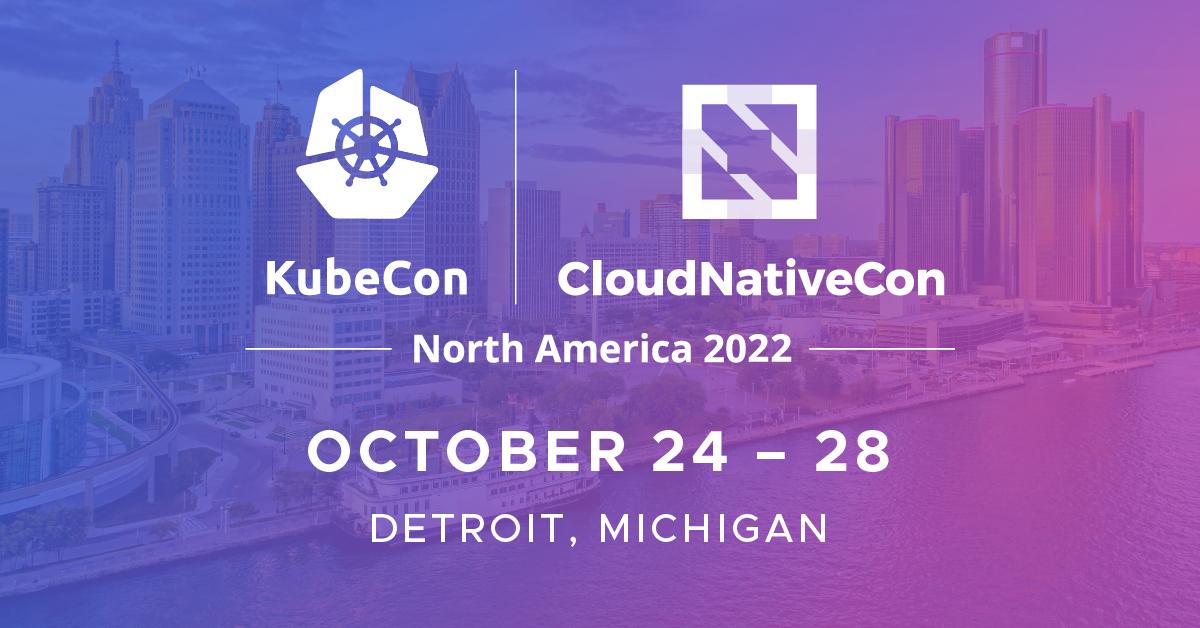Containers
Category: Amazon Elastic Kubernetes Service
Amazon EKS add-ons preserve customer edits
Introduction As part of AWS re:Invent 2020, the Amazon Elastic Kubernetes Service (Amazon EKS) Team announced the release of Amazon EKS add-ons. The addition of add-ons was driven by customer feedback and a desire to simplify the management of commonly used operational software. With add-ons, you can configure, deploy, and update operational software, which provides […]
Getting visibility into your Amazon EKS Cross-AZ pod to pod network bytes
Introduction Many customers use Amazon Elastic Kubernetes Service (Amazon EKS) to host their mission-critical applications. As a best practice, we ask our customers to spread their applications across multiple distinct availability zones (AZ). Because “everything fails all the time,” Werner Vogel, CTO, Amazon To achieve high availability, customers deploy Amazon EKS worker nodes (Amazon EC2 […]
AWS at KubeCon + CloudNativeCon North America 2022
Click here for the full schedule of AWS events at KubeCon + CloudNativeCon North America 2022 Amazon Web Services (AWS) is headed to Detroit, Michigan for KubeCon + CloudNativeCon North America 2022. We are thrilled to connect with the Open Source community in person to share what we’ve been working on, and learn about how […]
Amazon EKS on AWS Outposts now supports local clusters
Introduction Since its release, Amazon Elastic Kubernetes Service (Amazon EKS) has made it easier to run Kubernetes and container applications reliably at scale. With Amazon EKS on AWS Outposts, you can simplify application delivery onto on-premises AWS Outposts infrastructure by using the same application programming interfaces (APIs), console, and tools you use to run Amazon […]
Scaling Amazon EKS and Cassandra Beyond 1,000 Nodes
This post was written in collaboration with Matthew Overstreet from DataStax. Introduction With the current widespread adoption of Kubernetes as the target compute platform, many AWS customers and partners consider it the standard for both stateless and stateful workloads. Cloud scale is one of the values that AWS brings to the customers and combining this […]
Using Prometheus to Avoid Disasters with Kubernetes CPU Limits
“Sir, your application is continually getting throttled,” I repeated. The highly skilled team that I was brought in to help with an outage was in disbelief. They had been using the same limits configuration in production for over two years. Yet, the Grafana chart was definitive: CPU throttling was causing the outage they were currently […]
Understanding and Cost Optimizing Amazon EKS Control Plane Logs
Amazon Elastic Kubernetes Service (Amazon EKS) is a managed container service that provides a highly available single-tenant control plane to run and scale Kubernetes applications in the cloud or on-premises. Logs are an important way to debug problems, audit cluster activities, and monitor the health of your application. Kubernetes logging can be divided into control […]
Addressing IPv4 address exhaustion in Amazon EKS clusters using private NAT gateways
Introduction The Amazon VPC Container Network Interface (CNI) plugin creates many advantages for pod networking when deployed on an Amazon Elastic Kubernetes Service (Amazon EKS) cluster. First, it lets us reuse proven, battle-tested Amazon Virtual Private Cloud (Amazon VPC) networking and security best practices for building Kubernetes clusters on AWS. This allows us to use […]
Run event-driven workflows with Amazon EKS and AWS Step Functions
Introduction Event-driven computing is a common pattern in modern application development with microservices, which is a great fit for building resilient and scalable software in AWS. Event-driven computing needs to be push-based with event-driven applications that are run on-demand when an event triggers the functional workflow. Tools that help you minimize resource usage and reduce […]
AWS and Kubecost collaborate to deliver cost monitoring for EKS customers
This blog post was co-written by Linh Lam, Solution Architect, Kubecost Introduction Today, we are happy to announce cost monitoring for Amazon Elastic Kubernetes Service (Amazon EKS) in collaboration with Kubecost. As customers modernize their applications and deploy workloads using Amazon EKS, they gain efficiencies by consolidating the compute resources required to run their applications. However, […]









